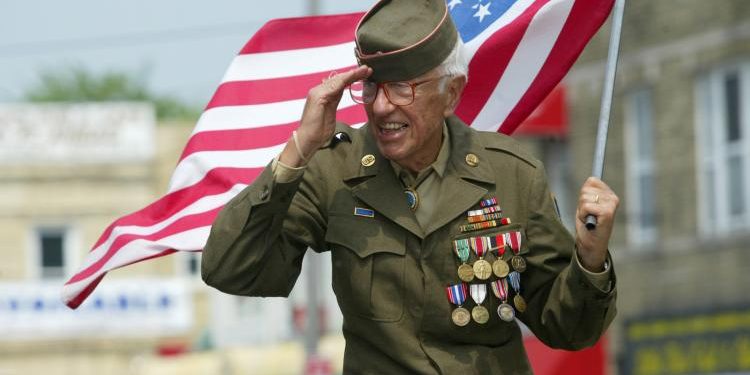History is a valuable and vital key to understanding the world around us–especially our own country. On Veterans Day, people can honor the bravery and sacrifice of all American veterans. However, according to the Department of Veterans Affairs, many Americans mistake this event for Memorial Day. That’s why it’s imperative that all Americans know the history behind this day so that we can honor our veterans properly.
History of Veterans Day
Veterans Day, formerly known as Armistice Day, was first established as a legal holiday in the United States to commemorate the conclusion of World War I, which was declared on November 11, 1918. By law passed in 1938, the 11th of November was designated as a day dedicated to promoting world peace and was later recognized as “Armistice Day.” This new legal holiday so paid tribute to World War I veterans.
After the Korean War and World War II, the 83rd U.S. Congress amended the Act of 1938 by using the term “Veterans” in place of the word “Armistice” at the insistence of veterans’ service organizations. Nov. 11 became a day to remember American veterans of all conflicts after this law was approved on June 1, 1954.
The Difference Between Veterans Day and Memorial Day
Veterans Day is a day to celebrate the service of all veterans, while Memorial Day pays tribute to military members who passed away while serving their country or because of injuries while engaged in combat. While both days are important, they serve different purposes.
Veterans Day is observed to thank and remember every living veteran who served, whether during a war or a period of peace. It is also a day to remember the many ways that veterans have contributed to our society.
Some Interesting Facts About Veterans Day
- Marines celebrate the Marine Corps’ birthday and Veterans Day with 96-hour liberty.
The Marine Corps celebrates its birthday on November 10 with a customary ball and a cake-cutting ceremony. This unique day occurs the day before Veterans Day, thus many Marines observe both holidays simultaneously with a 96-hour liberty period.
- It’s “Veterans Day,” not “Veteran’s Day”.
Veterans Day is not a day that belongs to veterans; rather, it is a day to honor all the veterans who have served our country.
- Veterans Day used to be on the fourth Monday of October.
The 1968 Uniform Monday Holiday Act required Monday celebrations of Washington’s Birthday, Memorial Day, Columbus Day, and Veterans Day. The aim was to have three-day weekends to encourage travel and other fun activities to boost the economy. However, many states disliked the shift, especially for Veterans Day, which is historically patriotic. On September 20, 1975, President Gerald Ford enacted Public Law 9497, reverting Veterans Day to November 11 in 1978.
- Once, a campaign was launched to rename Armistice Day to “Mayflower Day.”
After WWII and the realization that WWI did not end all conflicts, a small group of Americans led by Francis Carr Stifler of the American Bible Society suggested replacing Armistice Day with Mayflower Day. Since the Mayflower Compact anchored the Declaration of Independence and the Bill of Rights, they suggested that this moniker was better. The group’s plans failed, and Armistice Day became Veterans Day that we know today.
Veterans Day has a long and rich history. May everyone take a moment on this day to remember the incredible sacrifices our veterans have made.






